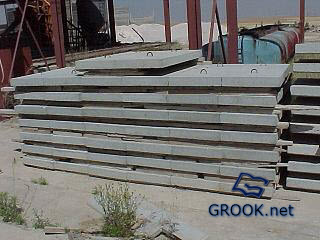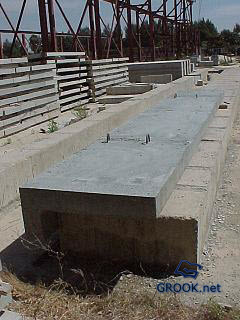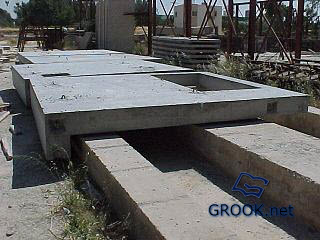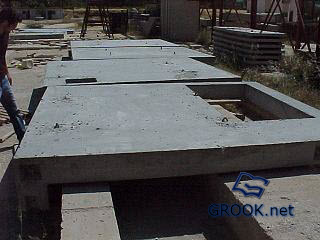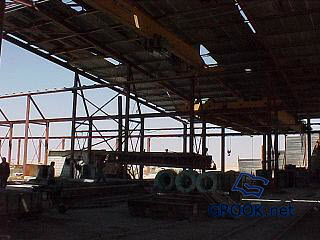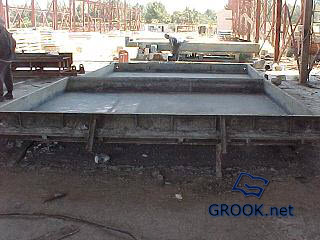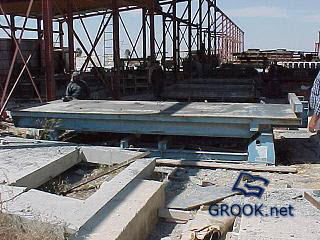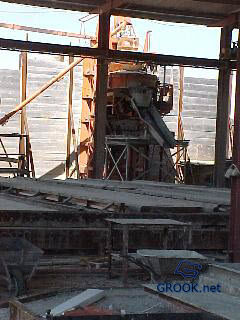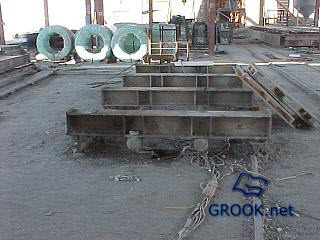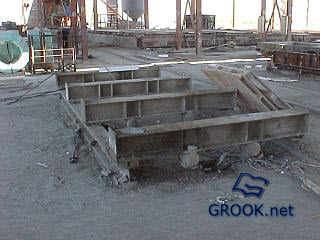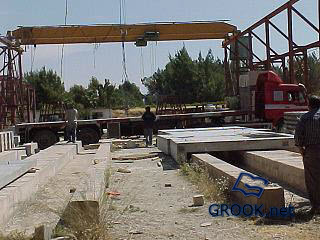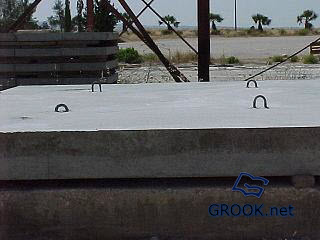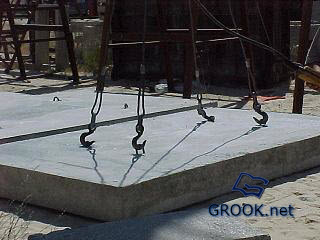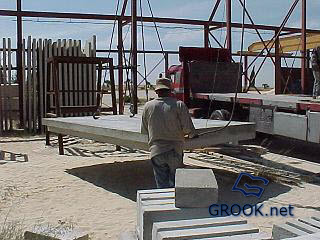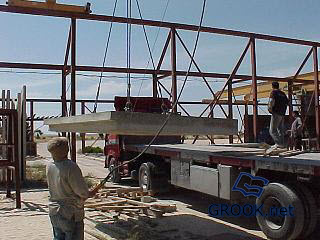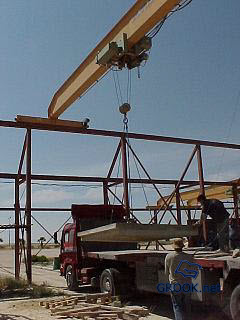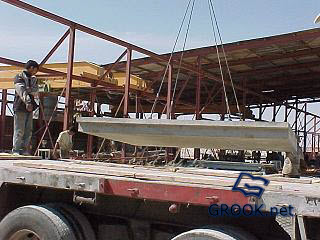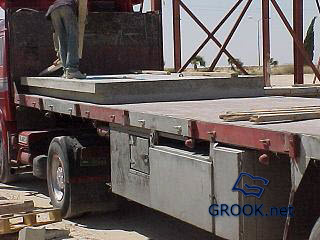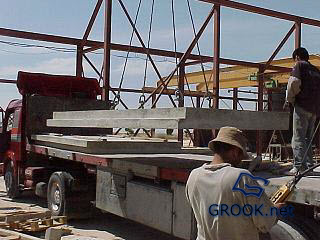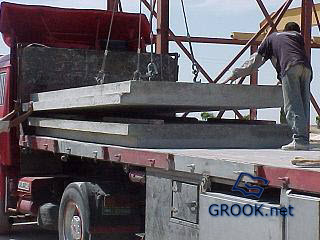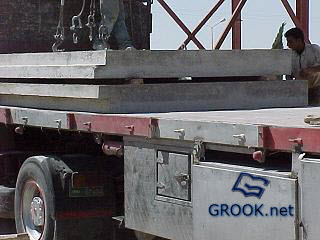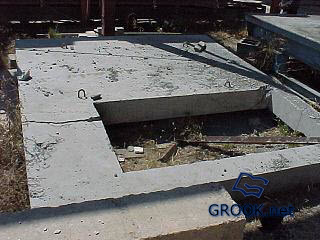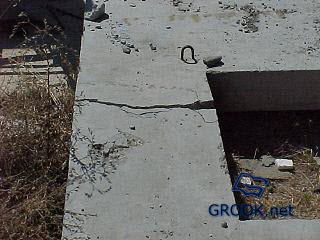Main menu
You are here
Precast Concrete
Precast Concrete (Transportation and Construction loads)
Introduction
• A 20th-century development, pre-casting increases the strength and finish durability of the member and decreases time and construction costs
• Concrete cures slowly; the design strength is usually reached 28 days after initial setting. Using precast concrete eliminates the lag between the time on-site concrete is placed and the time it can carry loads.
• Precast concrete components include slabs, beams, columns, walls, stairways, modular boxes, and even kitchens and bathrooms with precast fixtures
• Precast Pre-stressed Concrete is a stone like material obtained by allowing a carefully proportioned mixture of cement, sand, gravel (or some other aggregate), and water to harden (Winter & Nilson, 1972, p. 1).
• The bulk of concrete consists of the fine and coarse aggregates (p. 1). The cement and water interact chemically to bind them together (p. 1).
• This building material can be employed in the construction of a variety of different structures. In general, during the mixing of concrete, more water is added than is necessary for the binding reaction to occur (Winter & Nilson, 1972, p. 1).
• This extra water gives the concrete an initially liquid character (p. 1). In liquid form.
Transport Of Elements To Site
• Elements must be loaded in such a manner as to avoid damage in course of placement on the vehicle, travel to the site and during the unloading operation.
• Normal trade practice is to deliver elements so oriented on the vehicle that they can be lifted directly into the structure.
• In the case of large elements or elements of special geometric form this may not be practicable.
• In the majority of instances where delivery is by trunk roads storey-height elements can be transported in the vertical position.
• Due to constraints, such as the clearance under bridges en route, elements may be transported flat on vehicles and turned to the erection attitude at site.
• Transport of units calls for skilled attention to the detail of spillages, frames and supports to avoid the introduction of loadings for which elements are not designed.
Typical damages resulting from transportation includes:
1- Damage due to the wrong placement of battens especially in the case of pre-stressed elements.
2- Damage caused by flexing of the vehicle bed and torsion induced by the roads surfaces.
3- Cracking caused by vibration of the elements between supports.
4- Damage to slender sections such as cracking of jambs to window units caused by chains securing the loads.
5- Broken nibs and bottom corners of panels, often caused by contact with loading frames during unloading.
6- Damage caused by the use of slings and chains as well as the damage caused by the omission of soft packing’s between units
7- Damage caused by contact with low bridges en route from works to site.
• Architects or engineers who order be spoke units from a supplier should indicate on their drawings the position of lifting connections and stacking battens or supports required by the particular design.
• Elements should be loaded such that they are removed in the required sequence for erection, avoiding double handling, and in such a way that the bottom edges of the element are not damaged in the process. The vehicle must remain stable in the unloading process, due consideration being given to the place of unloading at site.
• Where rail transport is employed special attention is required to combat the likelihood of damage from heavy shunting of the vehicle involved. Care is required to ensure that the routing of the train, and possibly the turning of a train on a Y-junction in transit, do not upset the sequence of arrival at site. Failure to observe this simple detail has necessitated excessive shunting movements in scarce time.
• In any situation where elements are to be transshipped, for example from road to rail, or rail to barge, albeit by capable people using appropriate handling equipment, precasters should ensure that their technical representative is on hand to advise on the special requirements of handling precast concrete elements, use of spreader beams and so on. In this way damage caused by the wrong use of slings and misuse of lifting connections, to the detriment of the elements, will be avoided.
Safety precautions in production of precast concrete
• As in every manufacturing process , precast production has some precautions which should be taken into consideration , and they are as follows:
• 1- It is strictly forbidden for workers to be on the platform vibrator when it is in action , because the frequency and amplitude of its vibrations are ten times as great as those of safety requirements .
• 2- If the vibrations of the platform vibrator is transmitted to the floor to such an extent that the effect is markedly perceptible and disturbs the workers , then the vibration must be reduced .
• 3- The loops for lifting molded components must be embedded in the components with special accuracy to a depth not less than 30 diameters in the concrete , and the loops must have hooks at there ends .
• 4- For lifting any components the loops must be inspected by lifting the component for no more than 0.3 m .
• 5- When stacked , the components must be placed in a stable position on the underlay , and when they are stacked horizontally the wooden underlay between them must be arranged strictly vertically one above the other .
• 6- It is not permitted to remove by any lifting mechanism components covered over by earth or snow and frozen to the ground .

